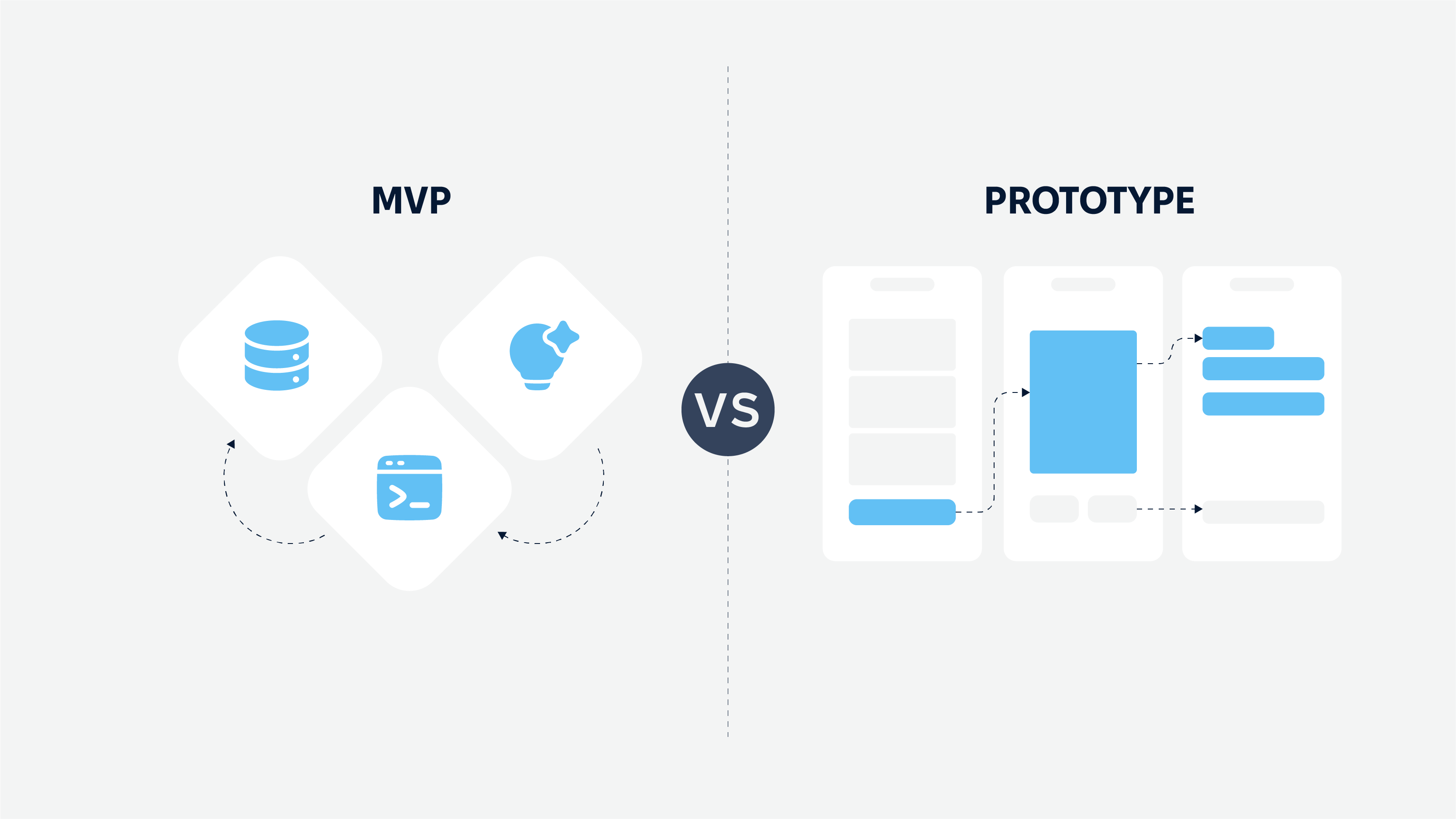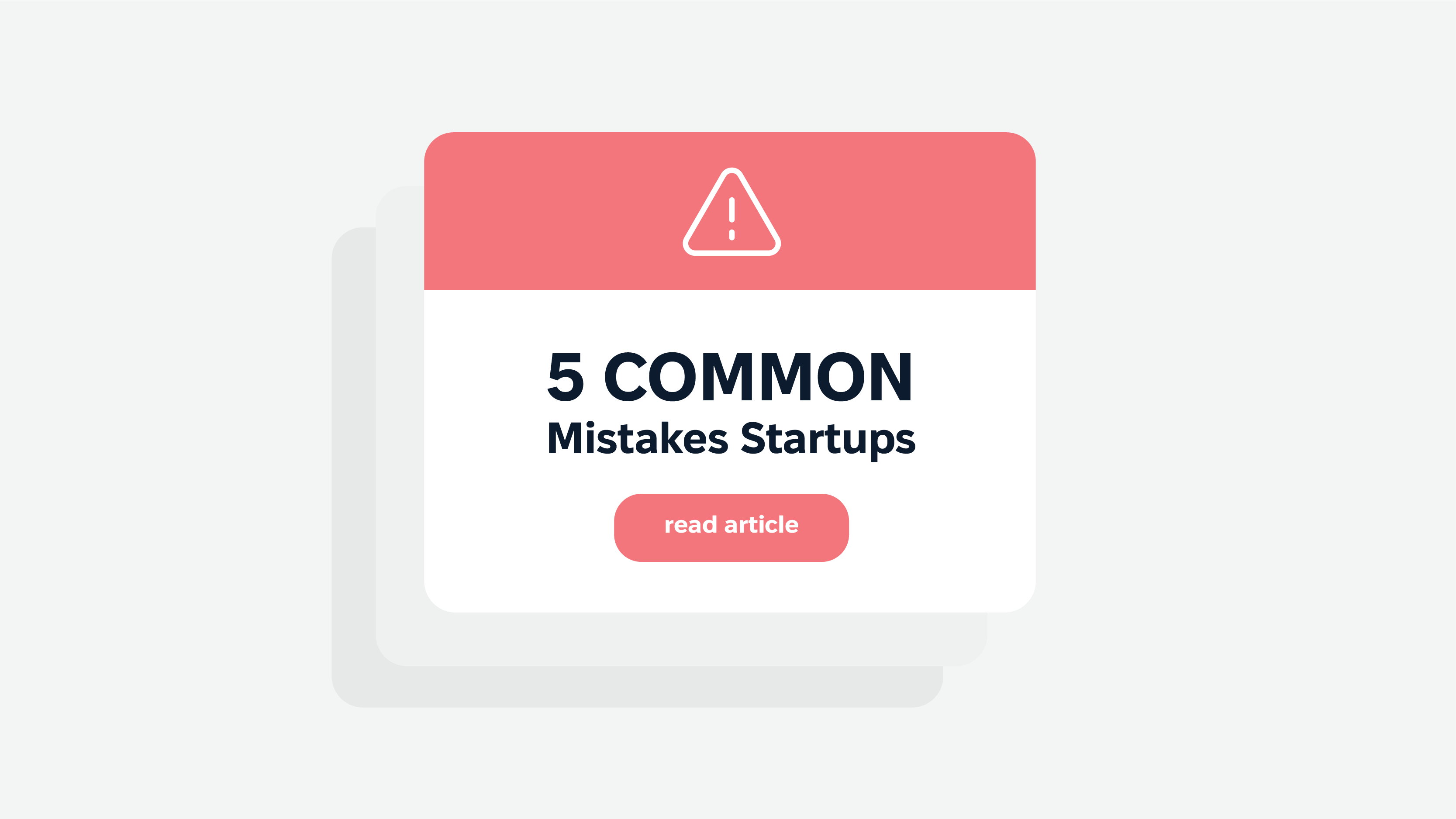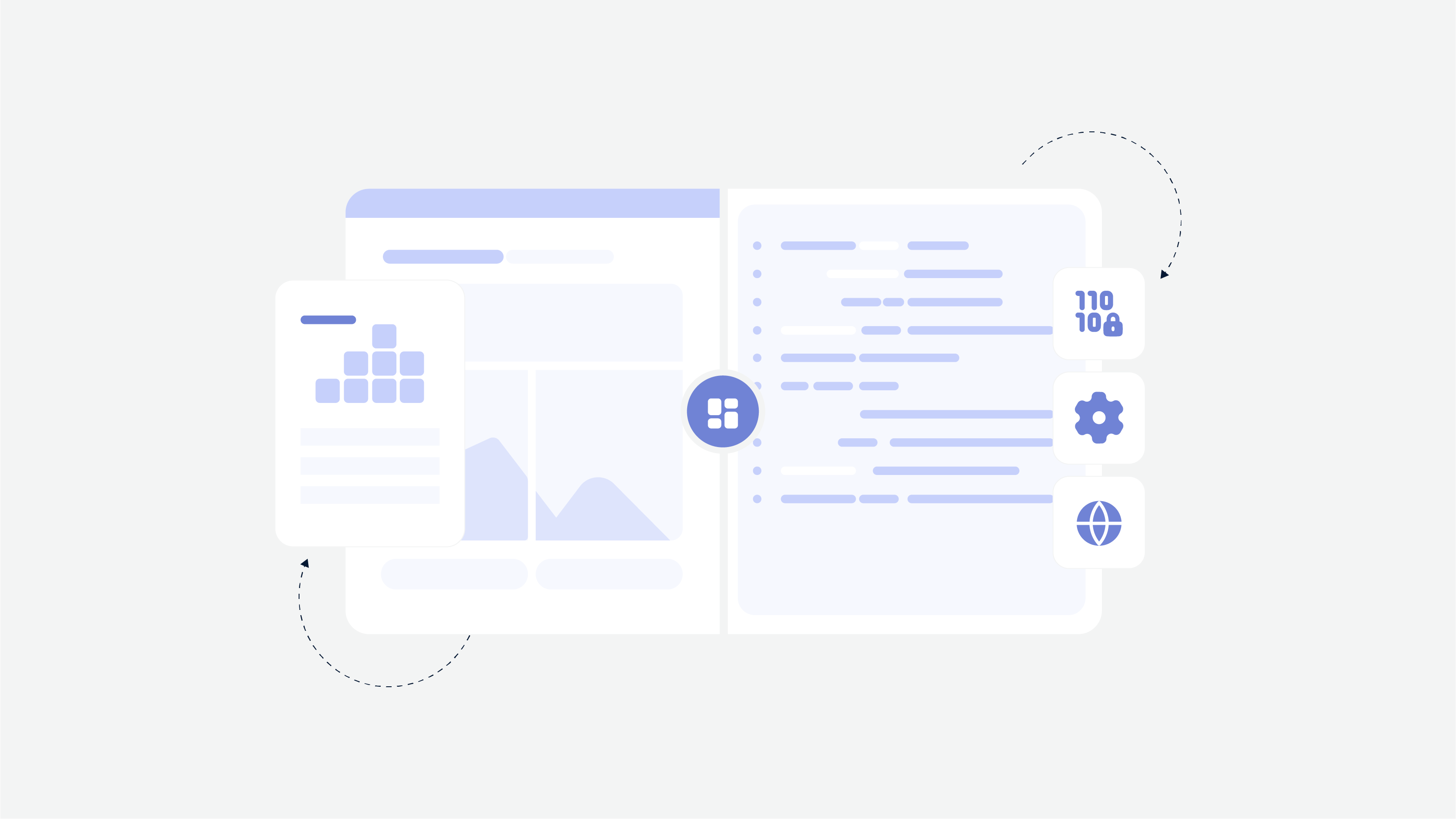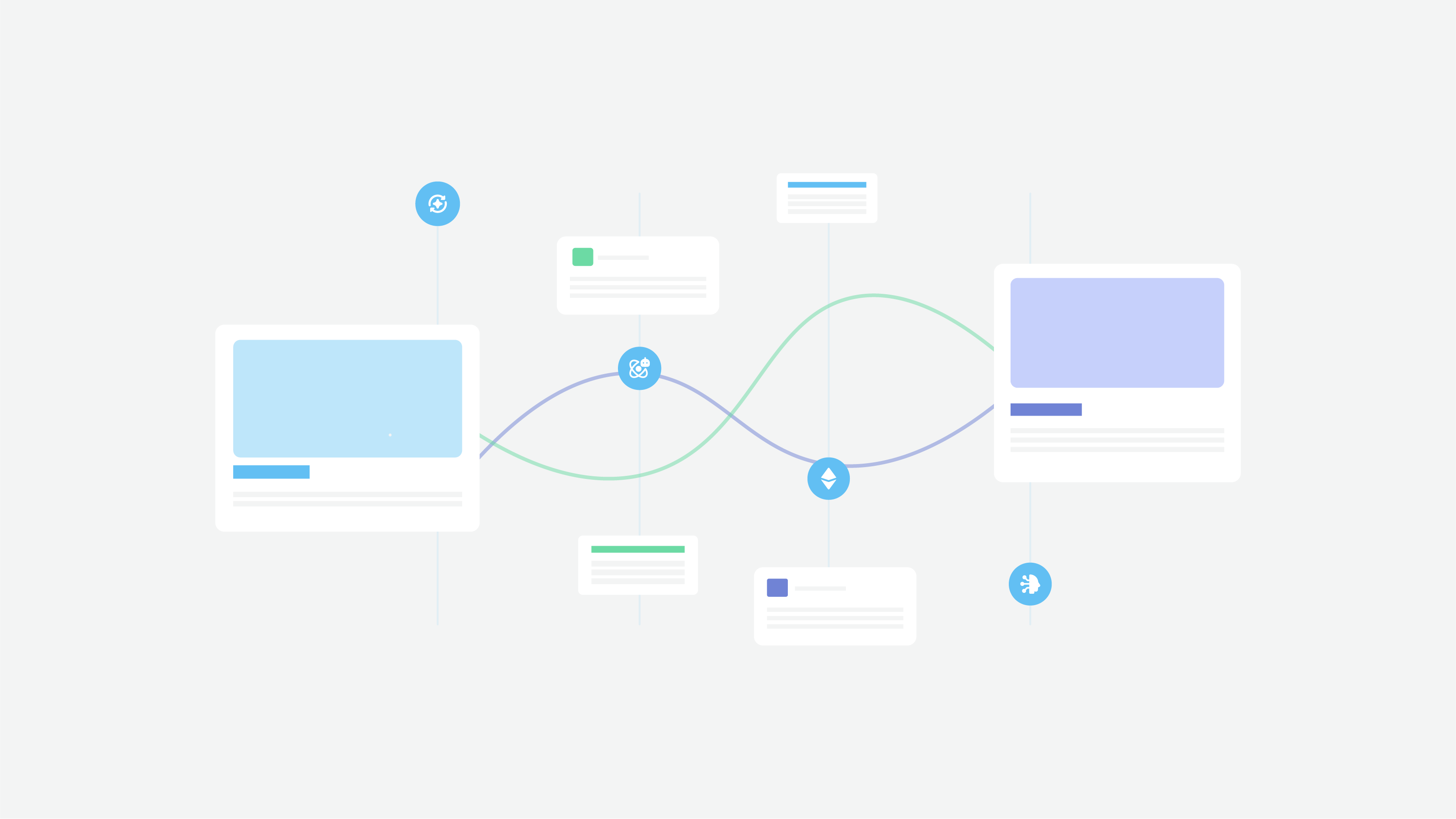A user experience audit is a tool that is often used to pinpoint unsuccessful features in your digital product, find out which of them causes headaches for your customers, turning them away from your product and decreasing your website or app conversions.
UX Audit uses empirical methods to discover the current situation, finds weak points in the existing product and produces practical recommendations to improve it.
Usually, as a result of a user experience audit, we get actionable findings and a user-centric action plan to implement, in order to increase conversions on your website or an app by making the product easier to access for the user.
The Story a User Experience Audit Tells:
A Usability audit cannot solve all the issues with your product design, but it could be the answer to certain questions that can determine the success of your product. Generally, those questions are as follows:
what is working, and what is not?
which metrics are collected and which should be collected?
what does the data tell you about user needs?
what has already been tried, and what impact did it have on metrics?
Thus, we can see that UX evaluation gives the answers to some important questions and provides you with actionable ideas to improve the product and supports the design strategic plan.
A UX Audit is a valuable instrument to find out how the user of your product behaves and enhances the ROI and conversions directly by improving their experience.
Signs That It Is the Right Time for a Design Audit

It is hard to define the right time for a UX Audit. You can address UX issues whenever they appear. But usually, there is no need to conduct a fully holistic audit.
If we talk about building a product from scratch, various usability testing methods would be a better option than an audit. Even more, in cases where the company has an in-house UX team, there is a high chance they will evaluate and improve the product continually without spending time on an audit.
Thus, there are three main signs you need to look for before opting for a design usability audit.
You already have a product. If you have a product or service that has been functioning for some time – you have backlog data to analyze. It can be a great basis for UX research. Usually, experts say that the best time for UX Audit is the very beginning of your product redesign since it can provide you with all the necessary information to make it as successful as possible.
You are too close to the product. Even if you have an internal UX team it can be hard for them to evaluate the product they’ve created. It is hard to criticize your own work. Even more, after spending a long time on the project, you can have some preconceptions about your product functions, users and how they perceive it.
So, talking about who should conduct the UX research, we can say that if the budget allows, external parties are usually invited to help. But in case you cannot afford it, you can follow an objective process, utilizing the wide variety of available tools and (if you are not already) becoming au fait with UX best practices and standards.
UX Audit Process
The first thing to do when you begin a UX audit is coordination and planning. You have to identify the scope of specialists you need to work on an Audit. It is sensible to involve a cross-section of the team – designers, developers, and business managers.
Also, it is a good idea to nominate an audit lead, who will make decisions about the process and timeframe. Also, before starting a UX Audit you have to decide on the following issues:
goals of the audit (Do you want to increase conversion, improve ROI or something else?)
time limits (It must be reasonable – not too long, but enough so that you could get the result)
resources (Time, money, workforce)

When you have answered all the initial questions, it is time to start the audit.
What the product UX Audit process actually looks like? What happens during the Audit and why it is worth thinking about?
A UX Audit Process Can Be Roughly Divided into Four Stages.
1. Data gathering.
Data gathering is the most difficult step in the UX Audit process. When you have defined the goal of the UX Audit, you can clearly understand what information you need – to make the audit as effective as possible.
Once you understand it, you have to decide which metrics and materials can provide you with that information, organize current information sharing and metrics tracking inside of your team.
Among the resources used to gather the data the most widespread are the following stages.
2. Heuristic evaluation.
The natural thing to do is put yourself in the user’s shoes and try to achieve their goals. Since your knowledge of the product can make it rather difficult to distance yourself from the product, it is sensible to use heuristic principles developed by specialists.
The most popular is Nielsen’s heuristics. Other, popular ones are Gerhardt-Powals’ cognitive engineering principles and Weinschenk and Barker classification. This way you can define what possible obstacles users can face in reaching their goals.
3. Analytics review.
Analytics tools are valuable in terms of providing you with quantitative data. The basics of Google Analytics are essential to get information about traffic source, traffic flows, and trends over time.
Also, it can track user flows within the website, conversion (and abandonment) hotspots and what users are doing before and after they visit your site. Such useful supplementary features as heat maps and churn rates can be provided by Crazy Egg or Kissmetrics. As for app analytics, they can be gathered through Google Analytics or Mixpanel.
The most important thing in working with analytics is to gather enough data to recognize trends, not only single points. If you have an eCommerce project, conversion rates and sales figures can also be useful – it helps you to understand if your product or website contents meet user pain points.
4. Interviews and surveys.

The natural thing to do is to talk to real people and ask for their feedback. This includes communication with product owners, developers, marketing and sales departments. Owners can share their insights on the product, initial expectations as well as expectations from the audit.
Developers know well how the product was built and what challenges they faced. Sales and marketing departments are especially helpful since they often have material from user surveys they’ve conducted: there are likely to be comments and feedback from the users that you can use in a UX audit.
At this stage, it is possible to pause and validate the qualitative data collected through usability tests.
All the information you get must be carefully analyzed, structured and organized. You shouldn’t miss any details and manage to catch the general flow of trends and tendencies. One good idea is to use spreadsheets, where the ideas, thoughts, and questions can be recorded alongside with all the necessary information and metrics.
Review of trends and tendencies.
The time-consuming and laborious process of gathering data is followed by the moment when you have to transform the facts and numbers into actual trend reports aimed at giving practical recommendations on further product development.
There are loads of methods to ease this hard and stressful process, for example, you can apply data-mining, card sorting, or insight incubation. The topic of looking for patterns in UX research is worth a separate article, so here we just note the importance of this stage.
Findings reporting.
When the tendencies and trends have already been analyzed, and the insights developed it is time to use it all as the bricks to build the hypothesis.
An audit begins when the product is not working on a satisfactory level. The hypothesis must give us the ideas as to why something goes wrong and users do not behave as expected.
The report can be based on the four key factors of product success:
the relevance of a product;
value proposition;
usability levels;
CTA quality;
Recommendations preparation.
Finally, you have to prepare recommendations for a UX redesign based on the data hypothesis you have developed. One point of huge importance is that your recommendations have to be as applicable as possible.
Furthermore, it is great to make them easy to perceive for those who need them. For example, it is important to be positive. When you report on the present state of a product, you have to criticize tactfully without serious accusation.
Giving recommendations, it is better to emphasize the good sides of the product and talk about opportunities for improvement.
Another point is being not only diplomatic but also productive in your recommendations. Avoid general phrases, be as specific as you can.
Including examples and factual information in your report will help the design and development team from two points of view – it both makes them understand why these recommendations were made as well as how to implement the audit results successfully.
UX Audit Benefits
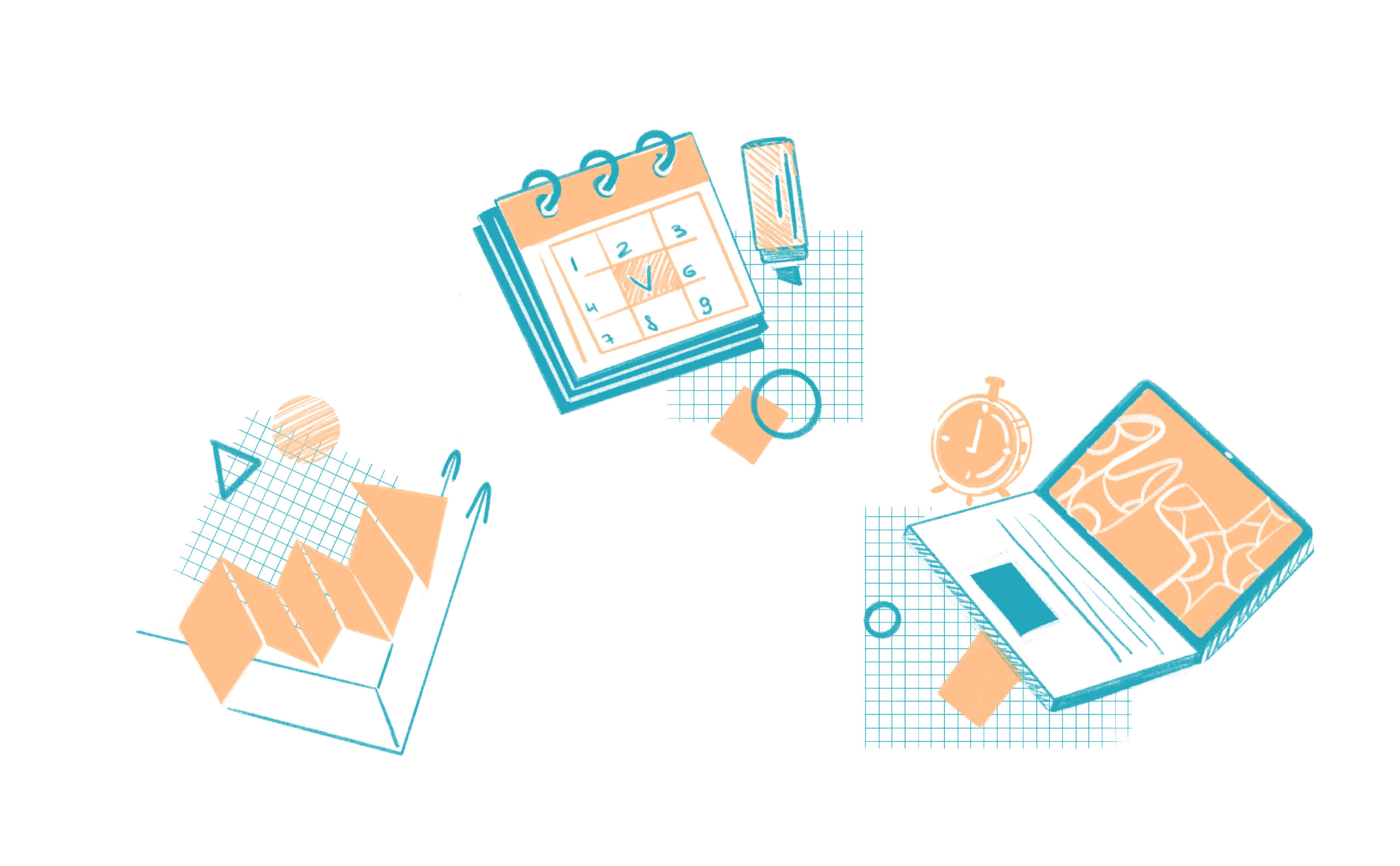
As we can see, Audits are quite beneficial for the development and design team of a product, since it gives them answers about how to continue work on the product and fix the problems they possibly missed during the initial stage of the development.
The primary reason is that the product owner and the team working on the product are not the users. They cannot see the pain points as clearly as the user does. That is why Audits are so worthwhile.
But the other question is why is a UX Audit beneficial for the product owner, why it worth investing in? The profit source here is not direct but still clear and understandable – good UX makes the product better for the customer.
A satisfied customer means higher levels of conversion and sales. UX quality control brings you lower customer acquisition cost, support costs, and increased customer retention. Generally, research reports that every dollar invested in UX brings back 100 dollars.
Customers appreciate you taking care of them. It means good UX makes them feel grateful and increases loyalty levels. Thus, taking care of UX gives you a great competitive advantage.



